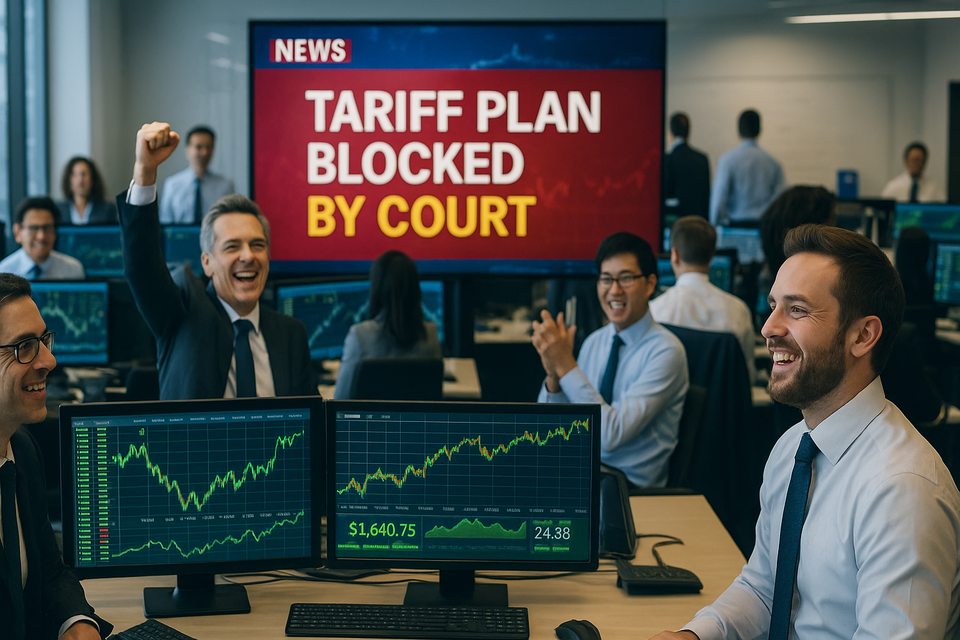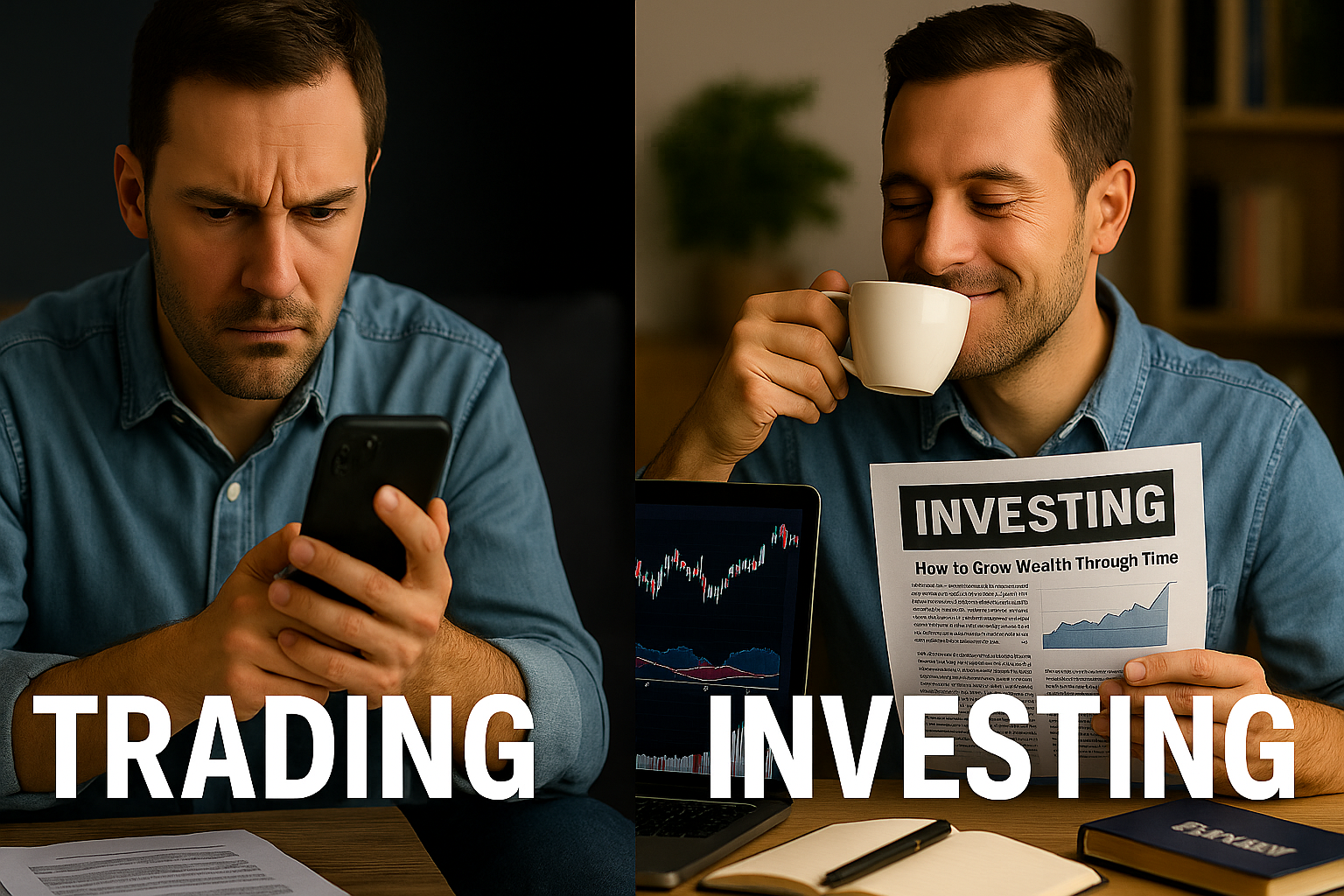Court Blocks Tariffs, Markets Shift—Now What?

A surprise court ruling took the heat off global trade—and reminded investors why a clear game plan matters
The Verdict That Sparked a Rally
Markets move fast. But sometimes, the biggest shifts don’t come from Wall Street—they come from a courtroom.
This week, a U.S. judge blocked President Trump’s latest tariff plan. Stocks rallied. Investors exhaled. And those who had a solid investment strategy? They didn’t need to panic.
Here’s what happened—and what it teaches us about building a smart, durable investment thesis.
The Courtroom Move That Shocked Markets
On May 28, the U.S. Court of International Trade ruled that Trump’s “Liberation Day” tariffs—a plan to impose a 10% fee on all imports—went beyond his legal authority.
The tariffs were introduced in April under emergency powers that typically apply in national security situations. But the court said this wasn’t an emergency—and that only Congress has the power to approve broad trade taxes like these.
The decision was a big win for small business owners, many of whom had sued, saying the tariffs hurt their costs and operations.
The Market Response
- S&P 500 futures rose 1.6%
- Nasdaq futures jumped 2%
- Global markets—from Asia to Europe—moved higher
Investors welcomed the clarity. Less trade tension meant fewer supply chain worries, lower inflation pressure, and more stable planning for companies.
Why This Matters for Your Investments
If you had bets tied to rising tariffs or a deepening trade war, this news might’ve been a curveball.
But if your strategy was built on a clear thesis—not just recent headlines—you probably didn’t have to scramble.
A strong investment thesis helps you stay steady when the world doesn’t. It gives you a framework to ask:
- Does this change the big picture?
- Is this just noise—or a signal?
- Should I adjust, or stick to the plan?
When you build your portfolio around what lasts, not just what’s loud, you invest with more confidence—and fewer surprises.
The Bigger Picture: What This Means
This ruling is a reminder of a simple truth: not all policies stick.
Even if something sounds bold on day one, it still has to hold up in court, pass through Congress, and survive real-world backlash.
That’s why it’s risky to base your portfolio on short-lived political moves. What sounds strong today can be reversed tomorrow.
A Better Way to Invest
Investors who win over the long run think in decades, not news cycles. They anchor their ideas in:
- Long-term economic trends
- Durable technological shifts
- Reliable consumer behaviors
These things outlast political drama—and give you a stronger foundation for every investing decision you make.
How to Build a Smarter Investment Thesis
Here are a few simple ways to sharpen your thinking:
- Build on trends, not headlines
Policies change fast. But megatrends like AI, clean energy, or aging populations don’t. - Think about what could go wrong
Does your thesis depend on a law staying in place? A subsidy getting renewed? Always ask: What if it doesn’t? - Stick with what lasts
Great companies and strong business models survive policy shifts. Don’t get distracted by the noise. - Make your thesis clear
Can you explain—on paper—why you own something, what would make you sell, and what you’re watching? That’s your roadmap. - Adjust when the facts change
Being flexible doesn’t make you weak—it makes you wise. Markets reward investors who adapt.
What About You?
Did this week’s news catch you off guard?
Are there parts of your portfolio that depend too much on politics or policy?
Now’s a great time to reflect—and to rebuild your thinking around what really matters.
I’d love to hear how this moment is shaping your approach. What’s changing for you? Reply us or reach out here
Keep It Simple, Keep It Steady
The headlines will keep coming. But that doesn’t mean you need to chase them.
This week’s ruling reminded us that even presidential power has limits—and that investors who stick to long-term thinking always have the upper hand.
So pause. Reflect. Revisit your game plan.
And keep investing with clarity, calm, and confidence.
More Tools for Your Journey
Is it better to trade fast or invest slow?

If you’ve ever mixed up trading with investing, you’re not alone. The lines get blurry—especially with everyone shouting different strategies online. One’s about timing the market, the other is about time in the market—but how do you know which one’s right for you?
That’s where the right investment newsletters can help. Instead of buzzwords and hot takes, they offer practical guidance, clear comparisons, and real-world examples to help you understand the difference—and choose a path that fits your goals.
👉 Explore my curated list here and start learning how to think like an investor, not just act like a trader.